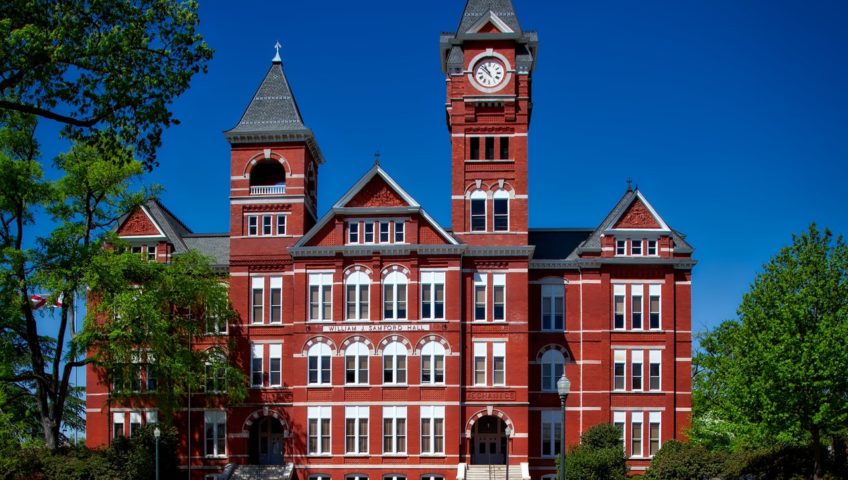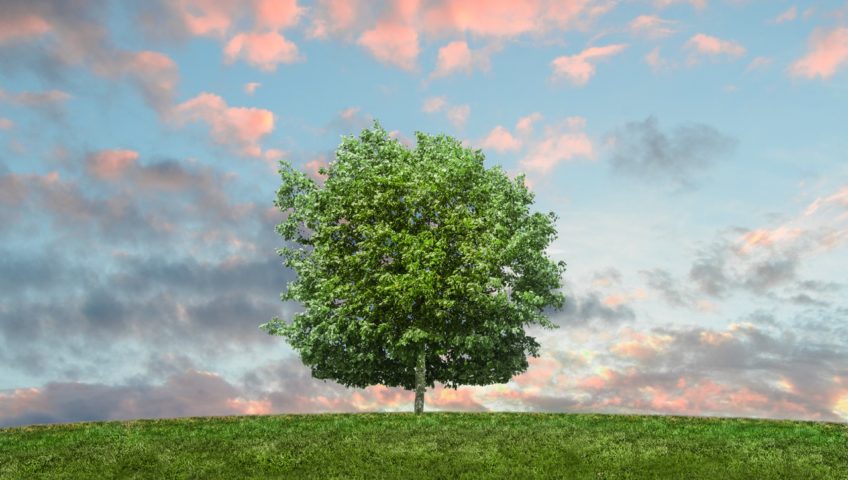
Areas Covered By Landscaping Professionals
As a homeowner, there could be several reasons why you might be looking at landscaping companies to determine your best option. No matter the size, scope or difficulty of your project, the pros at Greenside are here to help.
As a top landscaping company, we handle a variety of project types. In general, the work of a landscaper is split into three broad categories – small projects, large projects, and general property management. Let’s look at some basics on each, and what you might need us for within each area.
Small Projects
Small projects will generally be the type that require a few months to plan and schedule – this lead time allows for proper discovery and assessment, site analysis, design and basic estimates.
For the most part, we’re talking here about projects like small garden installations or existing plant bed expansions. It’s best to think about speaking to our pros here in spring or early summer if you’re looking at a fall project, or in late summer or fall for a spring project.
Large Projects
For larger projects, which involve things like larger designs, patios, retaining walls, fire pits, water features and other hardscape elements. These custom projects will take at least six months to design and plan in most cases – the more moving parts, the longer the planning. You may have to consult with sub-contractors or develop unique solutions for your situation as part of this process.
Property Management
A very different area that landscapers handle is basic professional management and maintenance of a property. This can include everything from basic lawn care and fertilization up to more detailed maintenance areas, and we can schedule a wide array of frequencies with you depending on your needs. There will sometimes be a short lead-in time to get on a regular schedule here, as we have an existing client list that’s prescheduled into the spring. Call us as soon as possible to get on this list if you’re interested.
For more on the kinds of projects we can help with, speak to the pros at Greenside today.


